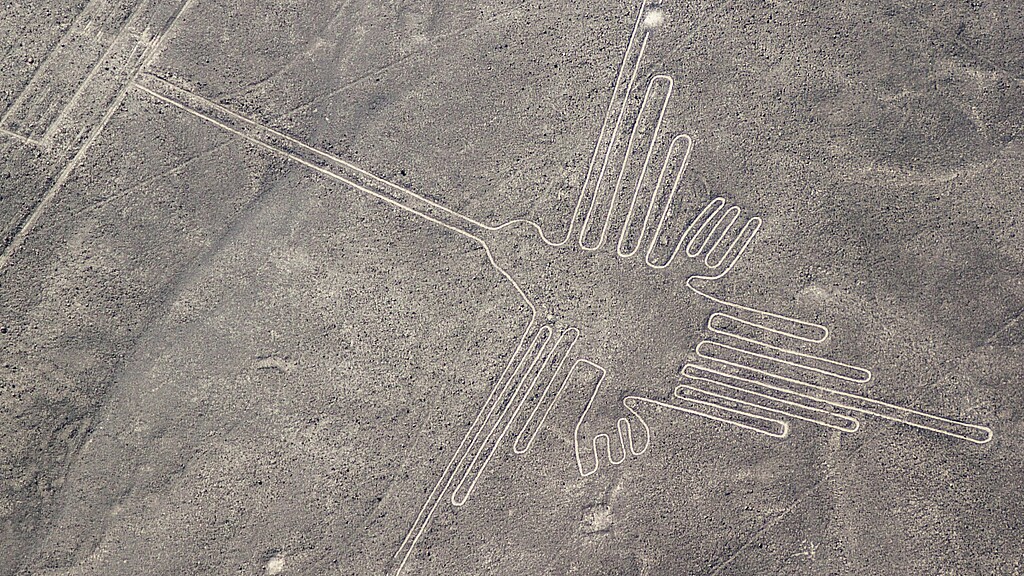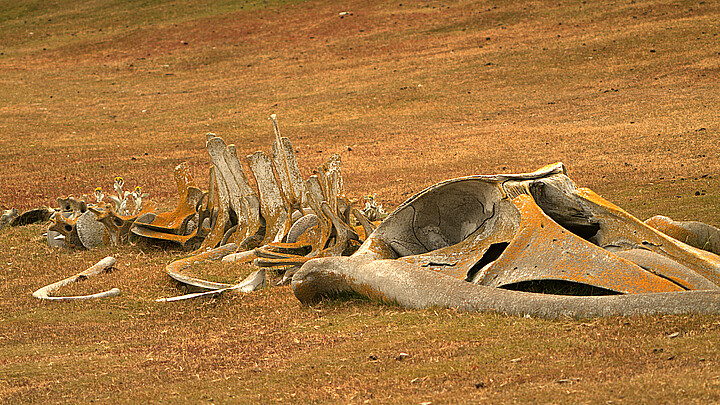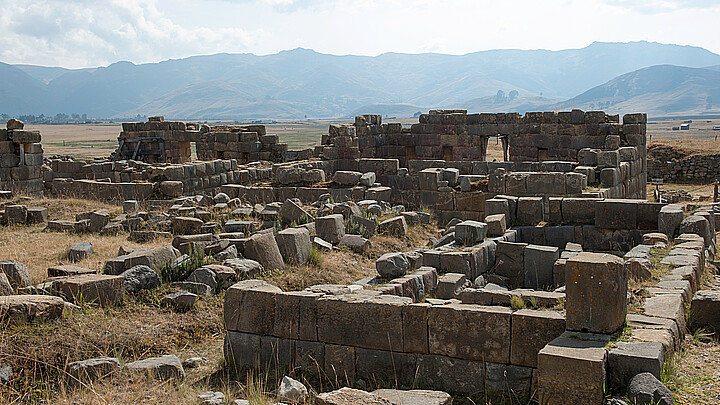Culture
Scientists discover 168 ancient images in Peru's Nazca desert
The Nazca lines, which were created by the ancient Nazca culture between 100 B.C. and 300 A.D., have been studied for almost 80 years by archaeologists and scientists. However, their purpose remains a mystery

January 2, 2023 8:48pm
Updated: February 19, 2023 2:01pm
Scientists identified 168 previously undiscovered geoglyphs in the Peruvian desert of Nazca, adding to the collection of more than 2,000-year-old land drawings.
Researchers from Japan’s Yamagata University in collaboration with Peruvian archaeologist Jorge Olano, identified the additional forms after two years of drone photography and artificial intelligence surveys. The new figures measure between two and six meters (6.56 to 19.7 feet) in length.
The team from Yamagata University plans to map the full length and width of the desert region in which the new figures were found once they receive permission from the Peruvian Ministry of Culture.
The Nazca lines, which were created by the ancient Nazca culture between 100 B.C. and 300 A.D., have been studied for almost 80 years by archaeologists and scientists. However, their purpose remains a mystery.
Nazca’s pictorial sketches were made on the flat, desert terrain on Peru’s southern Pacific coast by removing rocks to reveal the soil beneath, creating a contrast between the ground and the underlying dirt.
From the ground level, they might not seem much more than disturbances on the ground. Yet from the air, they form intricate figures in the shapes of birds, whales, cats, llamas, and even humans.
Before the newest discovery, 190 figures in the area had been identified at the UNESCO World Heritage site since 2004.
"They are the most outstanding group of geoglyphs anywhere in the world and are unmatched in its extent, magnitude, quantity, size, diversity and ancient tradition to any similar work in the world," according to UNESCO. The collection stretches across an area of about 280 square miles.








